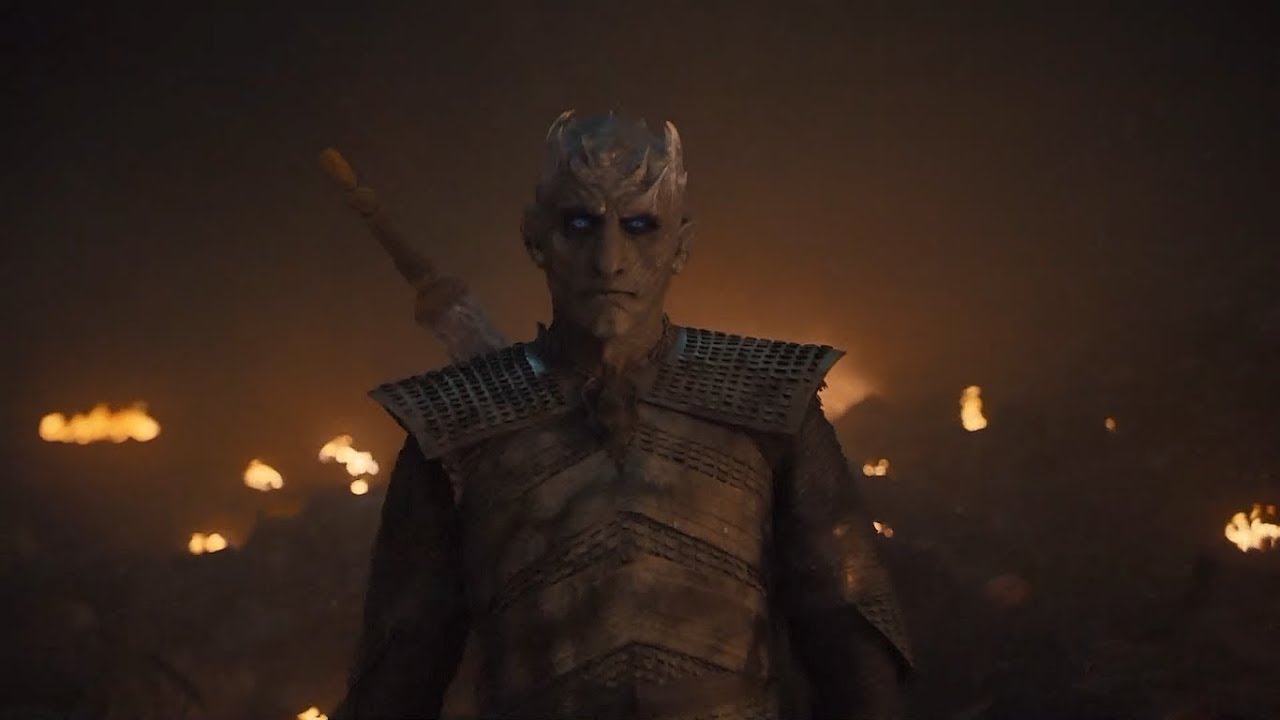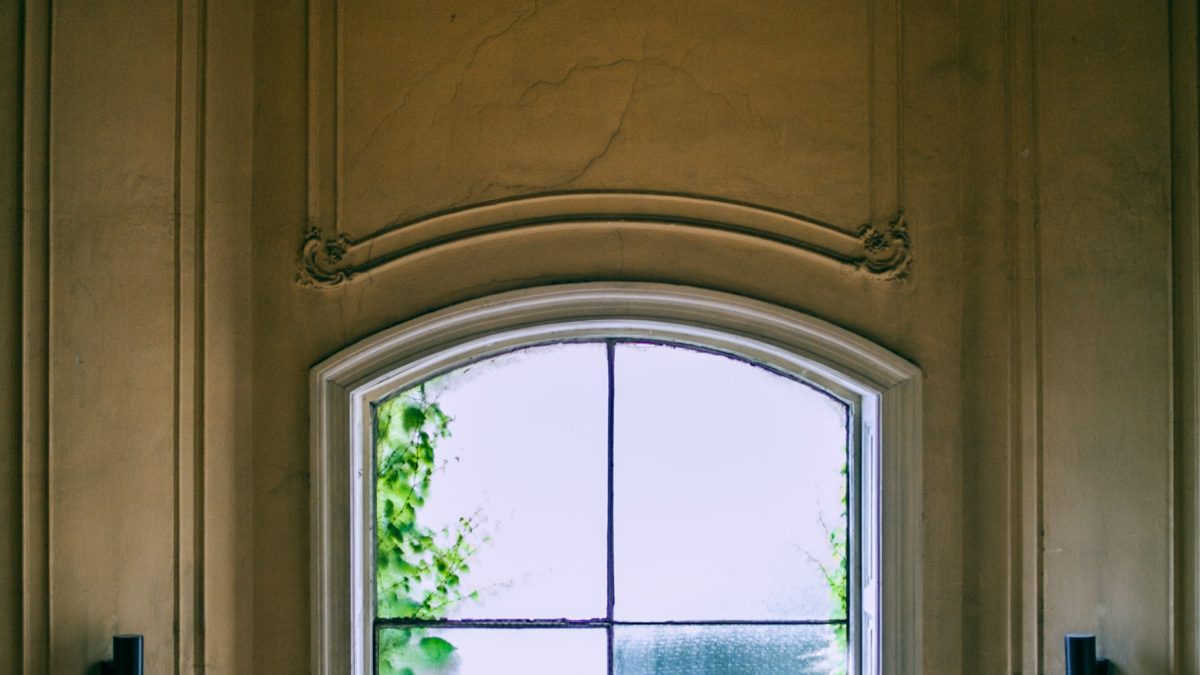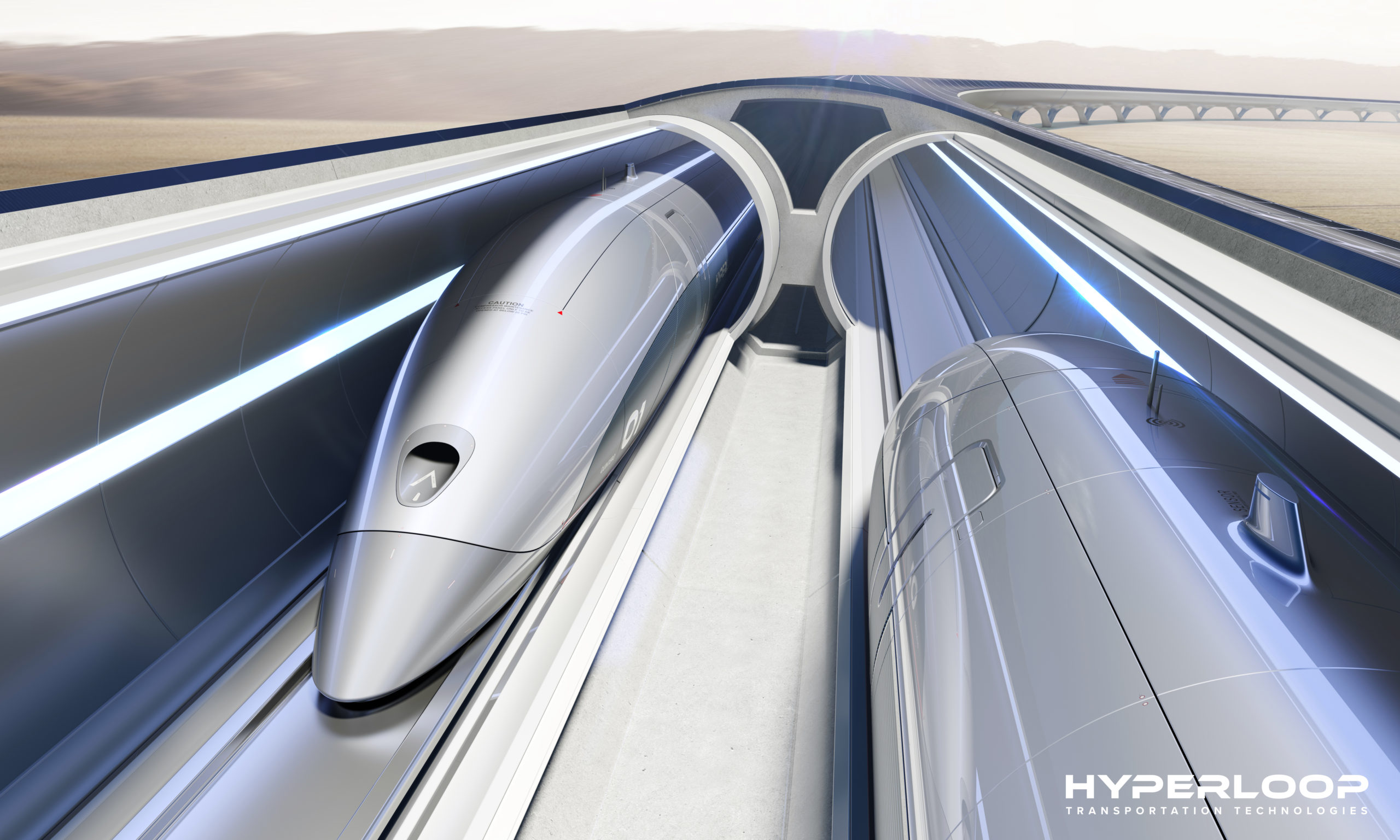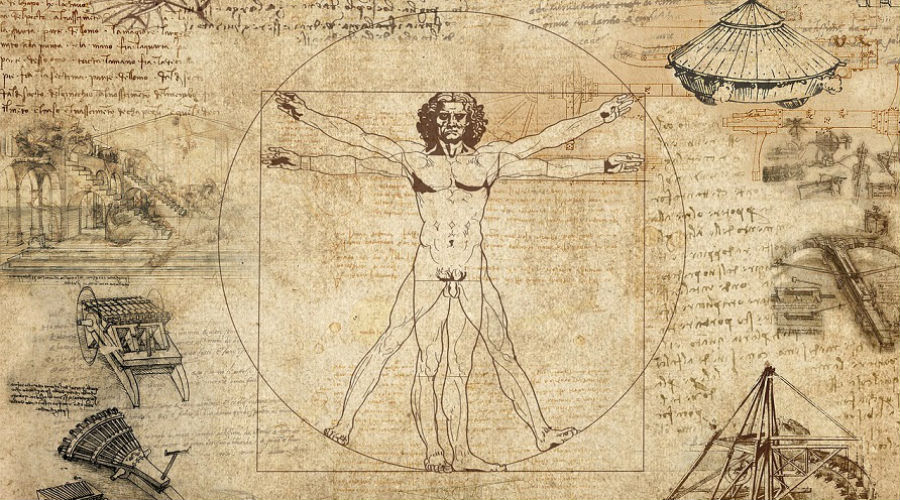Game of Thrones 8×03 the “Darkness” of the Long Night
Let’s start saying that this article could contain some spoilers about the third episode of the eighth season of Game of THrones, then if you haven’t had the pleasure of watching it, we recommend you to keep reading the article cautiously or to come back here right after having watched the episode.
The Great Battle
Cinematographically speaking, it’s been one of the biggest and longest battles in the history of TV series: 55 days of shooting, 750 extras and an outrageous number of post-production hours. HBO hasn’t spared even on equipment, spending many millions on the whole technical area. This resulted in 1 hour and 20 minutes non-stop of a battle where the living (represented by the armies of the North, the Targaryen army and the Wildlings) clash against the army of the un-dead, led by the Night King. For eight long years the fans have been waiting for this moment, the final clash between good and evil, light and darkness that in this case has just been…too dark.
The Long Night
The showrunners’ choice of shooting the scenes at night and emphasizing darkness to give the best idea of what the protagonists were feeling right then, is absolutely reasonable. What went wrong then? In a last minute interview Fabian Wagner, director of photography, has clearly reaffirmed that, after the editing, the scenes were not as dark as we saw them, and HBO itself has announced that none of their platforms has had any technical issue that could have caused this effect. Therefore let’s get to the two main causes:
- the compression algorithms used during post-production
- the calibration of the screens
We will start from the first and most relevant one, the compression algorithms of the MPEG4 and HEVC formats. But first a little premise: compression is usually used mostly for one reason, which is that any episode needs to be broadcast via Internet. Taking as example one random episode of Game of Thrones (and this in particular is the longest one in the eight season), the final weight of the file is of some terabytes, and broadcasting such a large quantity of data via Internet could be a significant issue. It would approximately mean that any user who wanted to watch the episode needs a connection capable of downloading 400mb per second in order to have a decently fluid streaming. In order to avoid blocking the band and to allow those possessing a “weak” or medium connection to make use of the service, the video is compressed with a coding/decoding process so as to transmit a smaller quantity of data and to enable the vision without continuous interruptions. However, the compression process doesn’t come without drawbacks: by reducind the files it’s possible to lose details and video quality. The MPEG4 AND HEVC codecs in particular are affected by the problem of shadows and color diversification. To explain this concept in the simplest way possible, you can just think that, when we execute the codification of a color, this is for example turned from “dark green” to simply “green”, which brings the loss of certain shades. The same concept can be applied to shadows, that have always been a problem for codecs and are affected even by the slightest compression. We mostly notice these problems during moving scenes (for example those of Arya in the library or some parts of the battle) or those where darkness was heavily present.
Let’s get now to the second cause, which is the calibration of the screens. Monitors are different from each other, both for typology (Led, Oled, LCD etc etc) and for the calibration of colors, which consists of setting determined values to parameters such as luminosity, contrasts and so on. The totality of these values is called “profile”. These two factors affect the final result, the way we see the images. Calibrating a monitor is not always easy and it’s not an operation to be performed by anyone; specific tools that automatically calibrate the screen in accordance with its typology and the desired profile are often used.




